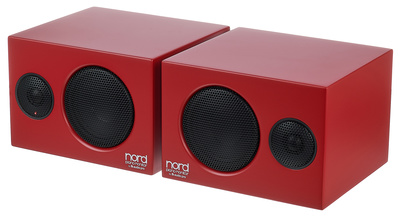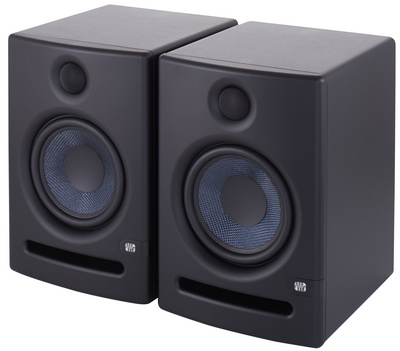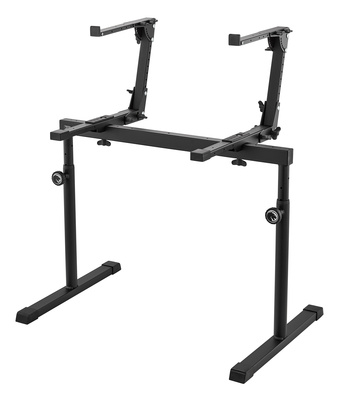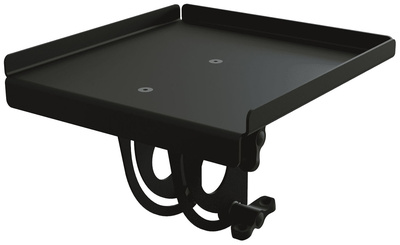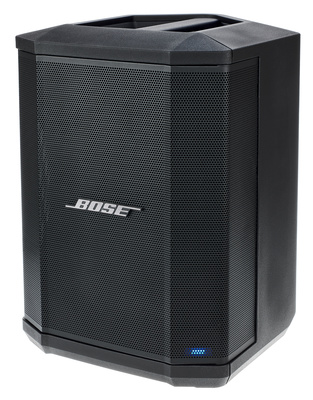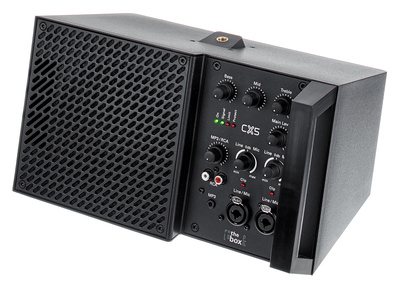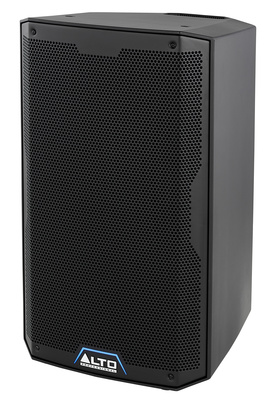PA Speakers for Stage Piano
While studio monitors are a great thing, they are not necessarily the first choice for live use. If you’re looking for something a little more robust, take a look at PA speakers. Whether small monitors or large full-range speakers, PA speakers are built for live use and can handle a lot of action.
In most cases, controls such as volume and EQ are available and more accessible than on studio monitors. In addition, you can also use a speaker as part of a PA system to amplify sound for the audience, or as a sidefill or floor monitor for the stage area. Conveniently, PA speakers usually have a screw thread. This allows you to mount them on a microphone stand or large speaker stand using a flange connection.
Small monitors such as the MA5 from Thomann’s own brand “the box” are well suited for near-field applications. With two mic/line inputs and one AUX input (RCA/mini), a 3-channel mixer, and 150 watts of power, it is an extremely flexible monitor. Thanks to its compact dimensions, it also fits just about anywhere.
If you want to spend a little more, check out the Bose S1 system. It offers similar flexibility, plus reverb, Bluetooth, and battery operation. You can also use it as a floor monitor.
In many cases, high volume is the trump card. Of course, if you expect this from the smallest speaker, audiophile pleasure should be less of a priority. The box pro CX5 from Thomann is a small powerhouse in this category. It’s inexpensive, extremely robust, flexible, and surprisingly loud. However, it should be clear that the 5.25″ coaxial driver is not going to work miracles in the bass range.




